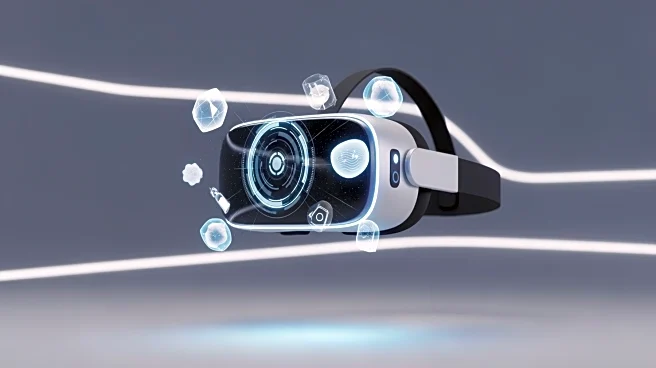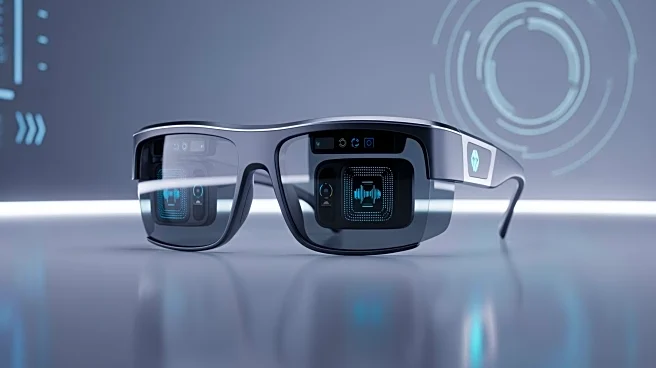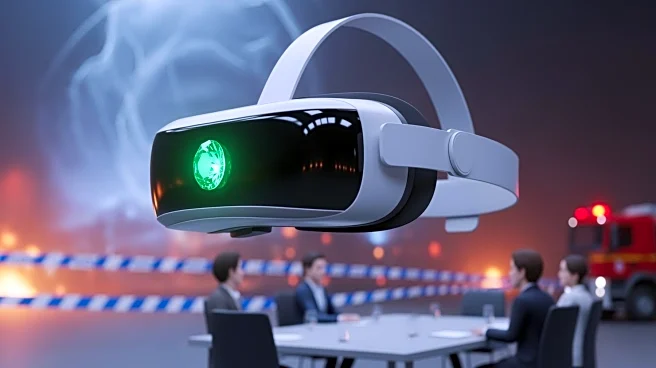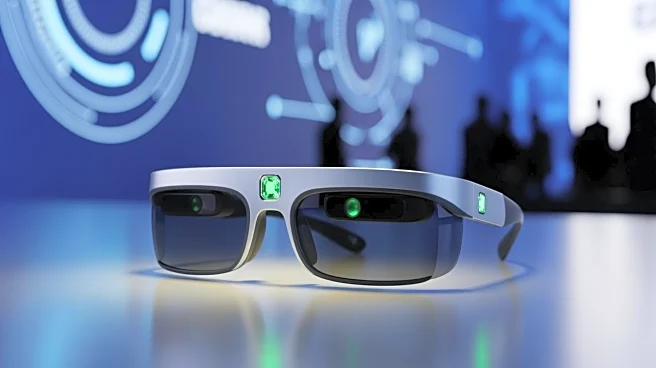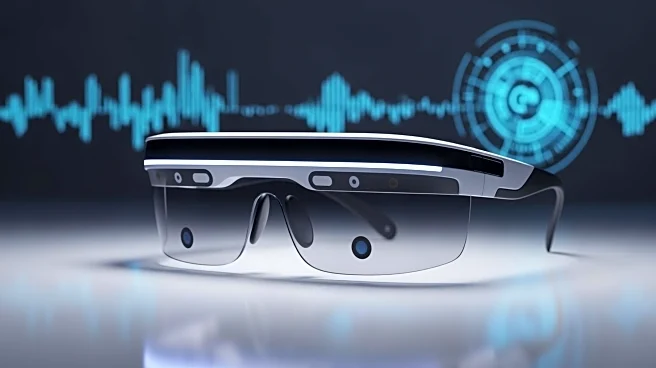What's Happening?
October 2025 has seen a cluster of significant augmented reality (AR) developments, indicating a shift towards wider adoption of AR technologies. Key breakthroughs include Niantic's Peridot transitioning from a phone pet to a talking tour guide on Snap
Spectacles, Samsung teasing its Project Moohan headset, and Apple pushing hardware updates for its Vision Pro. These advancements highlight the convergence of hardware, AI, and wearables, potentially reshaping how AR is used in everyday life.
Why It's Important?
The recent AR breakthroughs suggest an acceleration in hardware choice and AI-driven experiences, with implications for both consumers and developers. The developments could lead to faster app updates and increased competition among AR ecosystems, offering consumers more purchase decisions and potentially lower prices. The integration of AI and AR technologies may enhance user experiences, but also raise privacy concerns and ethical considerations.
What's Next?
The advancements in AR technology are likely to prompt reactions from industry competitors, who may accelerate their own product developments to maintain market share. Developers will need to adapt quickly to the new technologies, focusing on lower-latency chips and WebXR compatibility. Consumers can expect more choices and competitive pricing as companies vie for dominance in the AR market.
Beyond the Headlines
The integration of AI and AR technologies raises important ethical and privacy considerations. As AR devices become more prevalent, the collection and use of personal data will be scrutinized, potentially leading to new regulations and industry standards. The balance between innovation and privacy will be crucial in determining consumer trust and acceptance of AR technologies.



